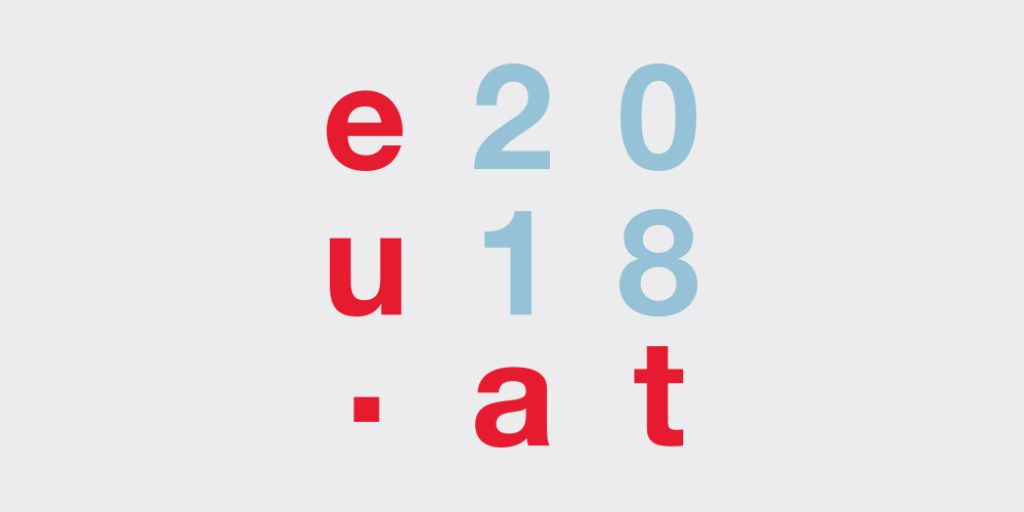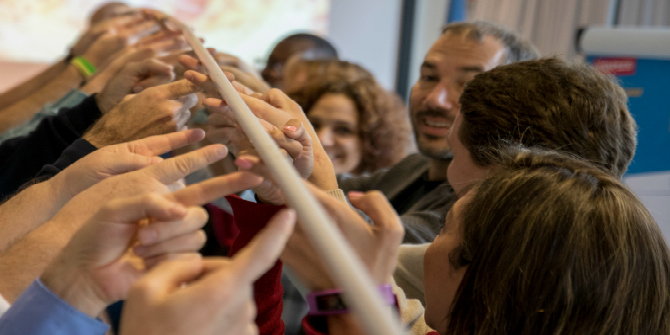Nature's 10
Ten people who mattered in science in 2018. Picks include a rogue gene-editor, a wunderkind physicist and a DNA detective who helped catch a serial killer.

Send us a link
Ten people who mattered in science in 2018. Picks include a rogue gene-editor, a wunderkind physicist and a DNA detective who helped catch a serial killer.

The idea of the conference is to bring to the fore the impact contributions of social sciences and humanities (SSH) research to transformative national and European research and innovation agendas, as well as to openly reflect on and structurally discuss the topic. Due to the huge interest in the conference and limited seating, a live-streaming of the main sessions of the conference on both conference days is offered.

Despite vast increases in the time and money spent on research, progress is barely keeping pace with the past. What went wrong?

A new generation of scientists is confounding expectations and proving much more willing to engage with the public, not only because it benefits their development as researchers but also out of a sense of duty to society and a desire to have a positive impact on public perceptions of science.

A novel set of text- and citation-based metrics that can be used to identify high-impact and transformative works. The 11 metrics can be grouped into seven types: Radical-Generative, Radical-Destructive, Risky, Multidisciplinary, Wide Impact, Growing Impact, and Impact (overall).
Funders Jean Lebel and Robert McLean describe a new tool for judging the value and validity of science that attempts to improve lives.
Asking whether Twitter allows scientists to promote their findings primarily to other scientists ("inreach"), or whether it can help them reach broader, non-scientific audiences ("outreach"). Results should encourage scientists to invest in building a social media presence for scientific outreach.
A growing gap exists between an academic sector with little capacity for collective action and increasing demand for routine performance assessment by research organizations and funding agencies. This gap has been filled by database providers. By selecting and distributing research metrics, these commercial providers have gained a powerful role in defining de-facto standards of research excellence without being challenged by expert authority.
The role of faculty hiring networks in shaping the spread of ideas in computer science, and the importance of where in the network an idea originates: research from prestigious institutions spreads more quickly and completely than work of similar quality originating from less prestigious institutions.
Findings of a recent Academy of Management report that sought answers to these questions by surveying its 20,000 members and conducting a selection of in-depth interviews with prominent figures.

Academia has relied on citation count as the main way to measure the impact or importance of research, informing metrics such as the Impact Factor and the h-index. But how well do these metrics actually align with researchers’ subjective evaluation of impact and significance?

A single academic paper, published by three Australian researchers in 2007, has been cited by Wikipedia editors over 2.8 million times - the next most popular work only shows up a little more than 21,000. And the researchers behind it didn't have a clue.
Some evidence showing that the more revisions a paper undergoes, the greater its subsequent recognition in terms of citation impact.

We are entering a new era - the Impact Era - where increasingly philanthropists are grounding their generosity in decisions focused on having a real social impact. And, in response, nonprofit organizations are learning to refocus their strategies to maximize that impact.
While rates of productivity were broadly similar, citation rates were found to be higher for transdisciplinary students, as were indicators of collaboration such as co-authorship.

Societal impact should be rated more highly in scientific publishing and research evaluation. To this end, we suggest that ways to achieve it should be introduced as an important component of curricula at higher-education institutions.
A paper documenting strong and robust negative correlations between the length of the title of an economics article and different measures of scientific quality.